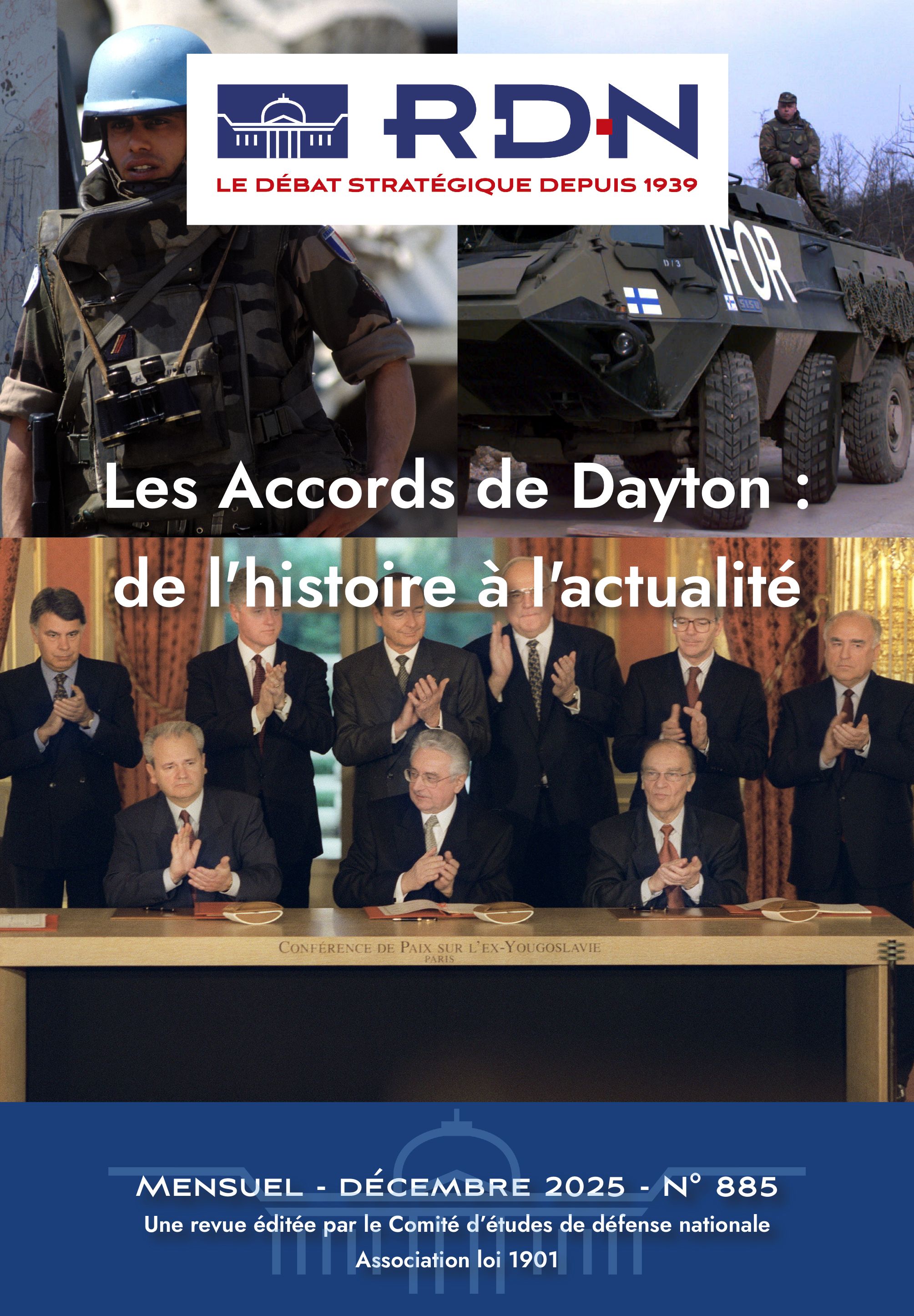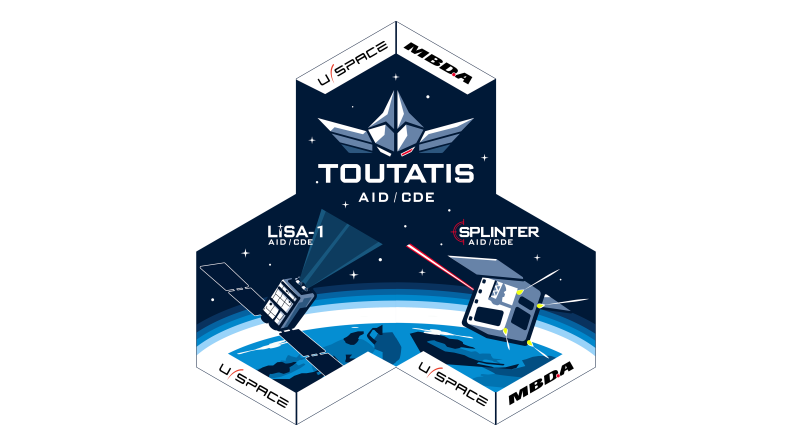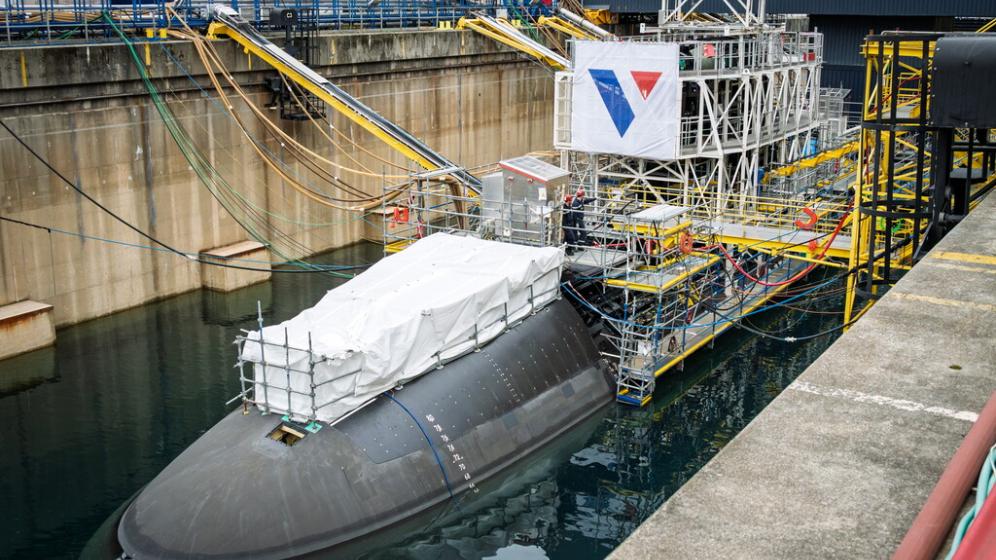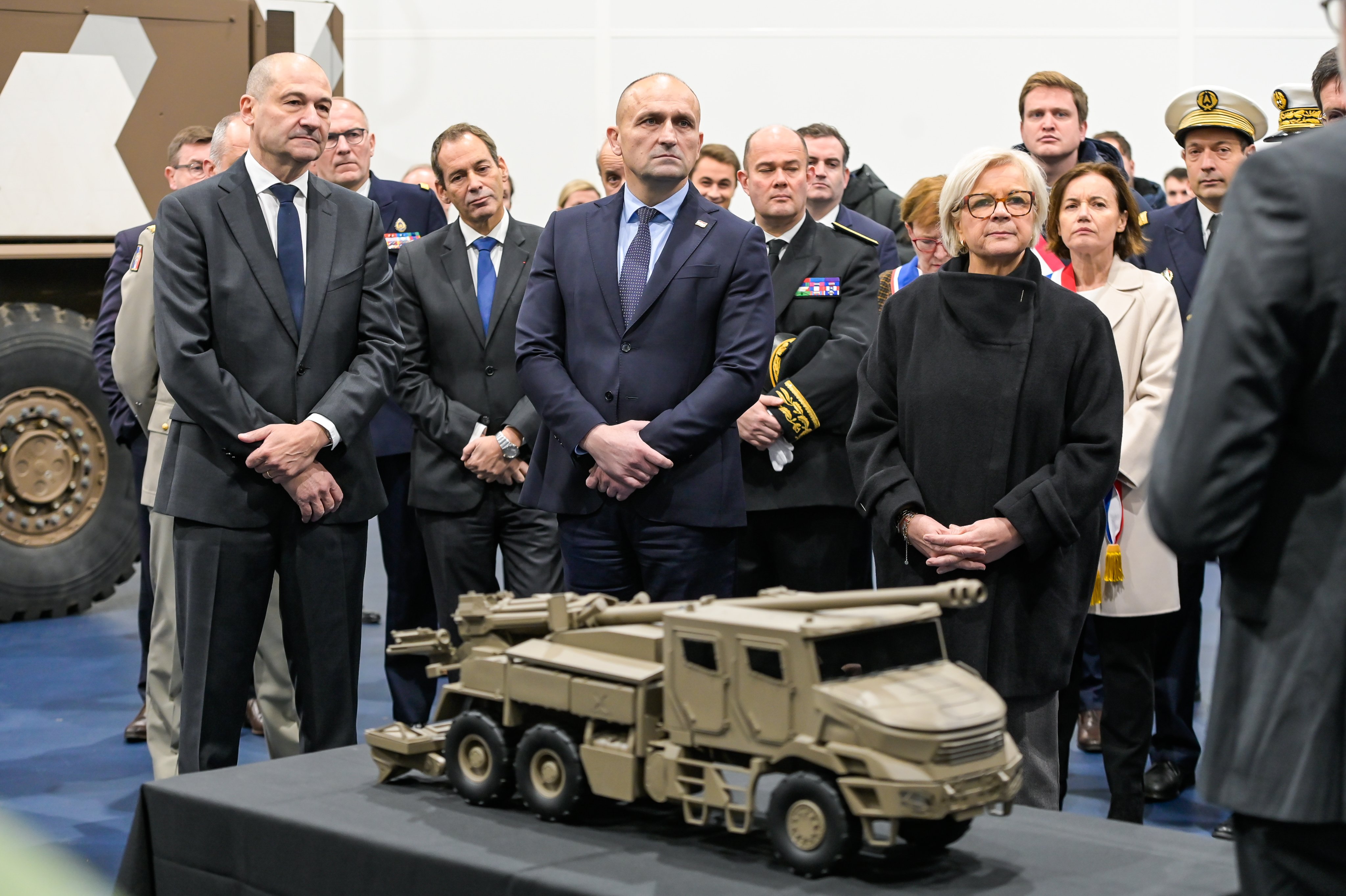Edition anglaise
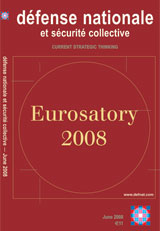
June 2008 - n° 709
The Army of tomorrow - Bruno Cuche
A central player in joint campaigns, the Army of tomorrow will be engaged in increasingly complex operations, wars among the people against a more radical adversary. In a context of limited human and financial resources, its operational performance will depend on modernised equipment quickly adaptable to conditions on the ground, mastery of information and rationalised support, together with enhanced training facilities.
Europe's defence dimansion: state of play - Henri Bentégeat
The very rapid development of European defence must not mask its current limits. However, its concrete achievements and the prospects opened up by the Lisbon Treaty now give the European Union the status of a global player on the international scene that enables it to defend its interests and values and to meet increasingly evident expectations.
GICAT, French air/land DTIB in the new European context - Bruno Rambaud
Following a presentation of GICAT, the French association of defence land systems manufacturers, and an outline of the industries that make up the defence technological and industrial base (DTIB), the author proposes partnerships with the Army to reduce support costs and optimise acquisitions: in short, an industrial policy open to European cooperation.
Evolution in ground forces: meeting the challenges - Francis Autran, Denis Mistral
Changes are under way in the ground forces, in terms of their modernisation and the adaptation of their capabilities to the current and most probable future commitments on a 15-year timeframe. These required changes are aimed at creating ground forces with a more compact, multirole architecture, and with an integrated logistic element. With more powerful and controlled offensive capabilities, based on combinations adapted to each engagement, they will have better protection and improved tactical mobility, particularly with the NH90. And with digital information systems down to the lowest tactical level they will have greater operational effectiveness in a context that is constantly changing, and which demands permanent flexibility and the ability to change direction.
Digitizing warfighters end vehicles - Jean-François Coutris
Defence manufacturers are looking at the best ways of meeting the operational requirements that have emerged from lessons learned in asymmetric engagements. This article describes the solutions worked out by the Safran group to ‘digitize’ the infantryman and develop vehicle electronics (vetronics), keys to a better coordination of the ground segment in air/land operations.
The VBCI at the heart of infantry action - Pierre Roux
Infantry remains, more than ever, at the core of the armed forces’ action doctrine. However, it needs equipment and systems that are compatible with its missions. This is exactly what is provided by Nexter Systems, with the VBCI, a wheeled armoured infantry combat vehicle designed and developed in close cooperation with the men who’ll use it operationally.
The Army's helicopter fleet: the new generation takes off - Bertrand Bohineust
Helicopters coming into service in the French Army in the next ten years are presented. In particular, the Tiger has already shown its impressive capabilities. A utility and assault helicopter, the NH90 represents a real technological revolution.
The contribution of UAVs to tactical intelligence - Bertrand Noirtin
Unmanned aerial vehicles (UAVs) or drones will unquestionably play a major role in the years to come, as their performance, miniaturization and flexibility of use improve and costs fall. Already, lessons learnt from operational theatres, particularly Afghanistan, argue in favour of widespread use of UAVs. Able to carry various types of payloads (observation, acquisition, target illumination or missiles), UAVs present important technological development potential. As regards specialized Army units, the information they gather in near real time contributes to the production of tactical intelligence.
Anti-IED operations - Dominique Hembise
Faced with the worrying rise in the number of improvised explosive device (IED) incidents, since 2004 defence industries, including MBDA F, in collaboration with NATO, have been looking at ways to deal with these terrorist attacks. Under contract to DGA, the French armaments agency, MBDA is working on techniques for detecting and neutralizing these devices. These include kits designed for the self-protection of vehicles already in service that could be integrated in a future system called EPEE. Short-term kit solutions for the VAB and VBL light armoured vehicles are being studied.
Scorpion: mastery of the contact battle - Thierry Pelletier
The search for optimisation of the capabilities of forces in contact, which are faced with rapid changes in the threat, techniques and the management of resources, has led to a ‘system of systems’ approach. For the French Army, the Scorpion project adopts such an approach, exploiting material advances in a measured way for the benefit of the combatant.
French amphibious forces - Gérard Bezacier
In a globalised world, France has acquired an important capacity to project forces owing to its amphibious force both for limited operations independently carried out as well as for larger operations within a coalition. It is also a perfect dual means, which allows France to aid people hit by natural disasters. It needs to be upgraded to have perfect coherence.
Viking BvS10 All Terrain Vehicle (Protected) - Dick Applegate
The Viking BvS10 was first deployed on operations in 2006 by Britain’s 3 Commando Brigade in the south of Afghanistan. Its mobility, load capacity, protection and versatility led to its use on a variety of missions, including some well beyond its original concept of use. The history of the Viking and the development of its concept of use in the light of lessons learned in Afghanistan are outlined here.
Urgent operational requirements: reactive adaptation - Philippe François
The Army is operating in a fast-moving context. The aim of the process of adapting to changes in the theatre, terrain and enemy is to avoid any resultant loss of operational superiority. This implies coherent adaptation of doctrine, training and equipment.
The National Defence Laboratory (LANAD) - Guenhael Le Guennec, Philippe Desruelles
The growing complexity of defence systems points towards the joint use of State and industrial assets, which are often complementary. LANAD, France’s National Defence Laboratory, a fusion of the State’s LTO battlelab and the NetCOS and TIC facilities, is a first example of this. It looks at operational, functional and architectural questions.
Changes in forces' equipment - Michael S. Mcgurk
This article presents the United States’s Rapid Fielding Initiative (RFI), a new way of issuing and supplying soldiers quickly with the modern equipment they need. This programme, driven by the Program Executive Office (PEO) Soldier, has made it possible to make up equipment deficiencies noted in Afghanistan and Iraq.
Fleet management and usage policy: changes within the French Army - Jean-Tristan Verna
Deliberately characterised only as a reduction in equipment available to units, the fleet management and usage policy (PEGP) is seen as something of a ‘necessary evil’ opted for by the French Army rather than the inevitably indecisive battle to acquire the budgetary allocations needed to replace and maintain its equipment. This attitude reveals a profound misunderstanding of the general context within which the French Army plans to fulfil its roles over the next 15 years, and overshadows the highly strategic nature of this revolution in its organisation and operation.
Cooperation with German Army Maintenance Logistics (HIL): first year of full routine operation - Hans-Erich Antoni
The aim of the Heeresinstandsetzungslogistik (HIL), a German publicprivate partnership, is to relieve the Bundeswehr of logistic tasks that can be carried out more economically by industry.
Procurement policy and defence contracts - Jean-Michel Oudot
The policy of the DGA, the French procurement directorate, is determined by a complex balance of technical, economic and political issues, and some deft juggling is required to reconcile each of these sometimes contradictory considerations. There is nevertheless room for improvement in performance, the solution to which lies not only in developing the contractual terms of the contracts let but also in better project management methods and better evaluation of risk.
Command and administration in the Armed Forces - Jean-Michel Mantin
The recent announcement by the MOD of the fusion of the commissariats into one large service for logistic support directly subordinate to the Chief of Defence Staff (CEMA) is a pleasant surprise. This choice guarantees that command and administration will be in step. It recognises the operational importance of military administration, and points (at last) to the integration of a number of horizontal functions on a joint service basis. Several key aspects are obvious from the start, and need to be made explicit: unity of command, effective skills delegation, adoption of best practices, and pragmatism driven by military constraints.
An unchallengeable law on operations - Brice Gaudin
The current legal framework for the employment of French armed forces suffers from political and doctrinal weaknesses: political, because the refusal to recognise armed conflict situations for what they are is leading to excessive reference to ‘crises’, in which it is not possible in itself to justify the use of extended force; doctrinal, because it is clear that the French forces do not have any single and clear overall document for use by the command structure, in contrast to the British, for example. We need now to act at an institutional level and begin working on doctrine within the forces in order to go beyond the existing Article L 4123-12 II of the Defence Code, which allows for ad hoc exemption from criminal prosecution.
German Army perspective on requirements for protected vehicle systems - Hans-Erich Antoni
The criteria and system for procurement of protected vehicles for the Bundeswehr, with a balance between mobility and protection and bearing in mind the most likely future operations, are described in this article.

